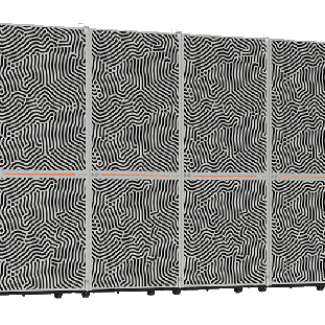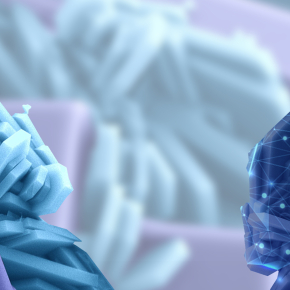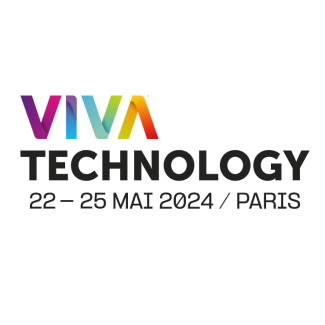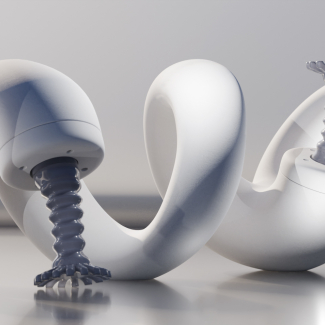
DIADEM: an exploratory Priority Research Programme and Infrastructure linking materials and AI
Co-led by the CNRS and the CEA, the DIADEM1 exploratory Priority Research Programme and Infrastructure (PEPR) seeks to accelerate the use of innovative materials by leveraging the power of artificial intelligence (AI). Launched on 7 June 2022, it is funded in connection with PIA 4, and has a budget of nearly 85 million euros over 8 years. It will focus on creating four enduring platforms that will serve as a basis for “demonstration” projects, which will present key materials using innovative approaches.
- 1Exploratory PEPRs target emerging scientific or technological sectors identified by the government, with a view to structuring these communities. They are funded as part of the research component of PIA 4 and the France Recovery plan. Exploratory PEPRs are the result of an exacting selection process conducted by an international jury. DIADEM stands for “Dispositifs Intégrés pour l’Accélération du DEploiement de Matériaux Emergents” in French, and “DIscovery Acceleration for the Deployment of Emerging Materials” in English. The co-leaders for this project are F. Schuster (CEA) and M. Maglione (CNRS).
The discovery of new materials is vital to meeting societal challenges relating to energy, transportation, the energy transition, the digital transition, and health. These materials, however, are growing increasingly complex. Artificial intelligence (AI) has become essential in the effort to surpass this complexity, and to address these urgent issues within a short time frame. The DIADEM PEPR, which is based on these new technologies, is an ambitious acceleration programme for the conception and bringing to market of high-performance materials that are durable as well as made from non-critical and non-toxic raw materials, thereby contributing to the competitiveness of French industries, in addition to the economic development of France.
The PEPR’s activity will be based on four platforms distributed across French territory, combining in an integrated manner modelling, numerical simulation, AI methodologies, synthesis-screening technologies, and high-throughput characterisation. These platforms represent 40% of the total budget for DIADEM. The synergy created by these enduring platforms will foster a capacity for renewed innovation in materials science. To demonstrate this, scientists who are internationally recognized in their field will conduct “demonstration” projects based on these platforms. Seven of these projects—platforms and demonstrations—have already been launched, while another seven will begin in September, with three more in late 2022. They will present materials of interest as well as the development of strategic technologies (3D and 4D printing, microfluidics, robotisation, etc.), and will also show the viability of new methodological approaches.
The PEPR will devote nearly 40% of its budget to thirty projects, which will be selected beginning in 2024 via three calls for proposals open to the wider French community, which is estimated at nearly 4,000 scientists. These projects will rely on the platforms created by the PEPR, and emphasis will be placed on their international character, European collaborations in particular. A call for interest will also be devoted to initial and professional training for French scientists, with a budget of 3 M€.
The two organizations leading the project will be joined by seven academic partners2 . The PEPR will rely on existing infrastructure and tools, such as Soleil and ESRF, and will be closely linked to the “AI for Science and Science for AI” centre recently launched by the CNRS.
To learn more:
- Read the interview with M. Maglione (in French), the co-leader of this PEPR for the CNRS.
- Read “Essentials on … materials” (in French) at cea.fr.
- 2Université de Paris-Saclay, Sorbonne Université, Institut Polytechnique de Paris, Université de Grenoble-Alpes, Université de Lorraine, Université de Bordeaux, and Université de Lyon.


